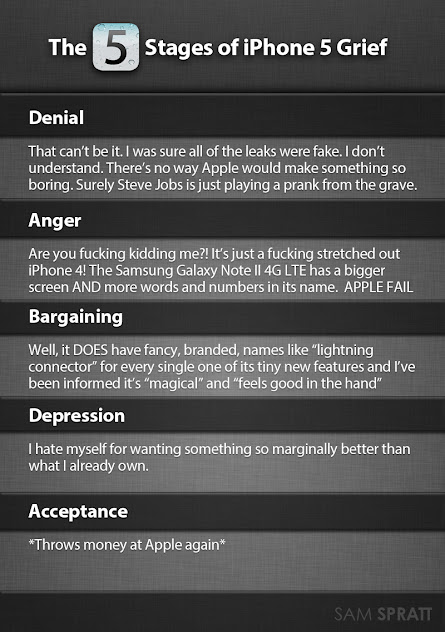The drug gangs in south and central America are becoming quite sophisticated in their attempts to get their products to the eager US consumer. One of the more technological developments is the drug-running submarine:
Despite losing nearly a hundred of these vessels to U.S. and South American naval forces (and dozens more to accidents and bad weather) the drug gangs have apparently concluded that the subs are the cheapest and most reliable way to ship the drugs. It’s currently estimated that over 80 percent of the cocaine smuggled into the United States leaves South America via these submarines or semi-submersible boats.
Most of these craft are still “semi-submersible” type vessels. These are 10-20 meter (31-62 foot) fiberglass boats, powered by a diesel engine, with a very low freeboard, and a small “conning tower” providing the crew (of 4-5), and engine, with fresh air and permitting the crew to navigate. A boat of this type was, since they first appeared in the early 1990s, thought to be the only practical kind of submarine for drug smuggling. But in the last decade the drug gangs have developed real submarines, capable of carrying 5-10 tons of cocaine that cost a lot more and don’t require a highly trained crew. These subs borrow a lot of technology and ideas from the growing number of recreational submarines being built.
[. . .]
The submarines that have been captured have, on closer examination, turned out to be more sophisticated than first thought. The outer hulls are made of strong, lightweight Kevlar/carbon fiber that is sturdy enough to keep the sub intact but very difficult to detect with most sensors. The hulls cannot survive deep dives but these boats don’t have to go deep to get the job done. The diesel-electric power supply, diving and surfacing system, and navigational systems of captured subs was often in working order. It was believed that some of those who built these boats probably had experience building recreational subs. The sub builders also had impressive knowledge of the latest materials used to build exotic boats. It had already become clear that something extraordinary was happening in these improvised jungle shipyards.
Ecuadoran police found the first real diesel-electric cocaine carrying submarine two years ago. It was nearly completed and ready to go into a nearby river, near the Colombian border, and move out into the Pacific Ocean. The 23.5 meter (73 foot) long, three meter (nine feet) in diameter boat was capable of submerging. The locally built boat had a periscope, conning tower, and was air conditioned. It had commercial fish sonar mounted up front so that it could navigate safely while underwater. There was a toilet on board but no galley (kitchen) or bunks. Submarine experts believed that a five man crew could work shifts to take care of navigation and steering the boat. The boat could submerge to about 16 meters (50 feet). At that depth the batteries and oxygen on board allowed the sub to travel up 38 kilometers in one hour, or at a speed of 9 kilometers an hour for 5-6 hours. This would be sufficient to escape any coastal patrol boats that spotted the sub while it moved along on the surface (its normal travel mode). The boat could also submerge to avoid very bad weather. The sub carried sufficient diesel fuel to make a trip from Ecuador to Mexico. There was a cargo space that could hold up to seven tons of cocaine.





